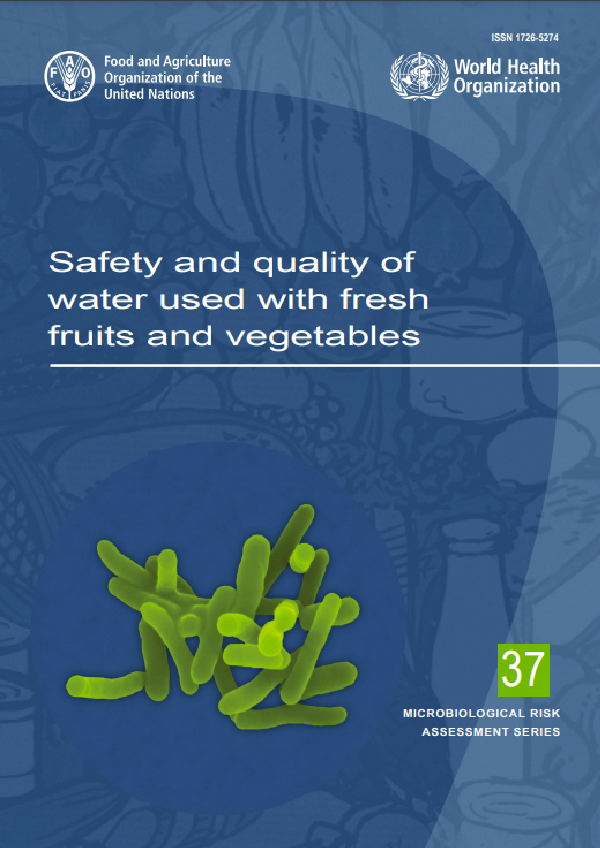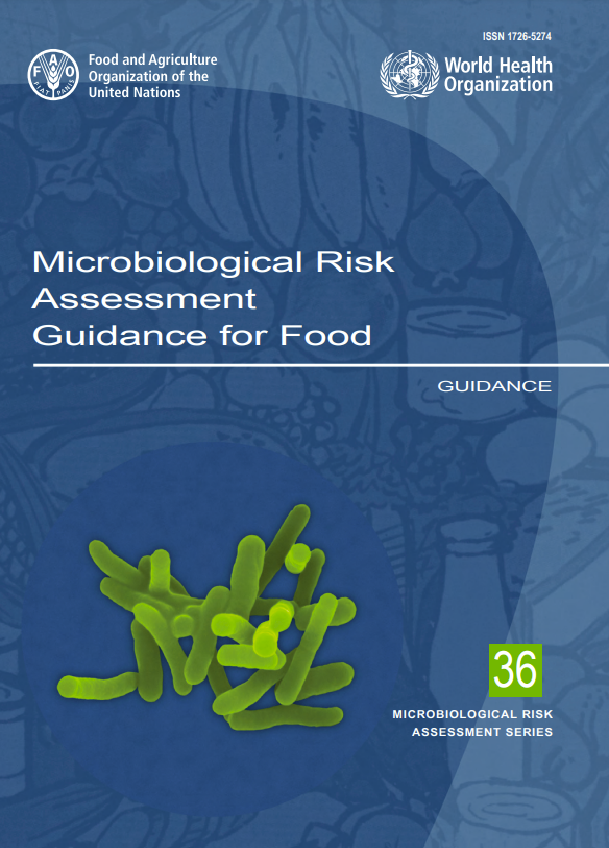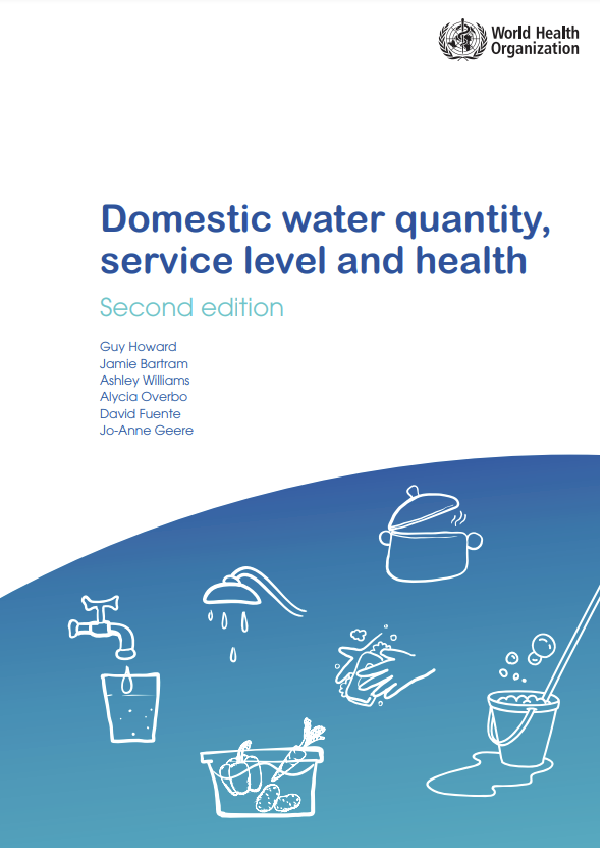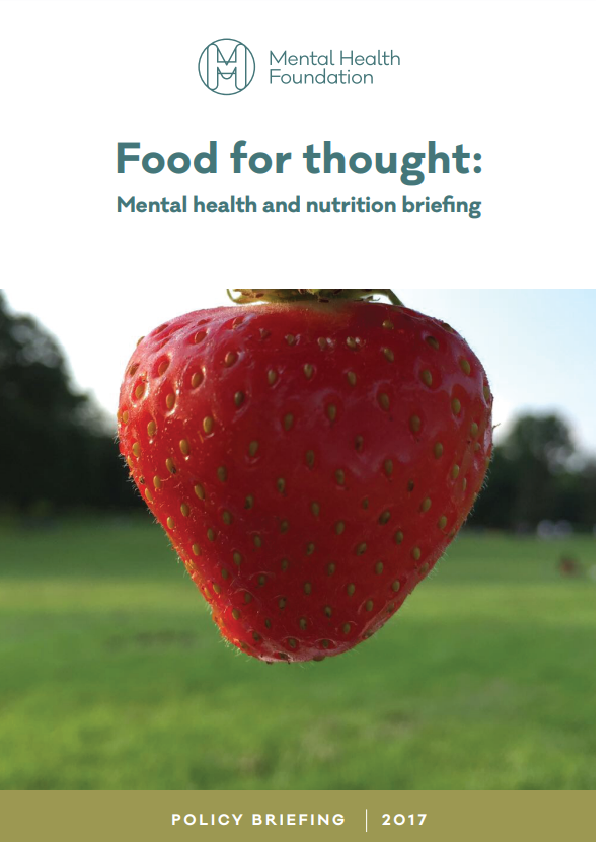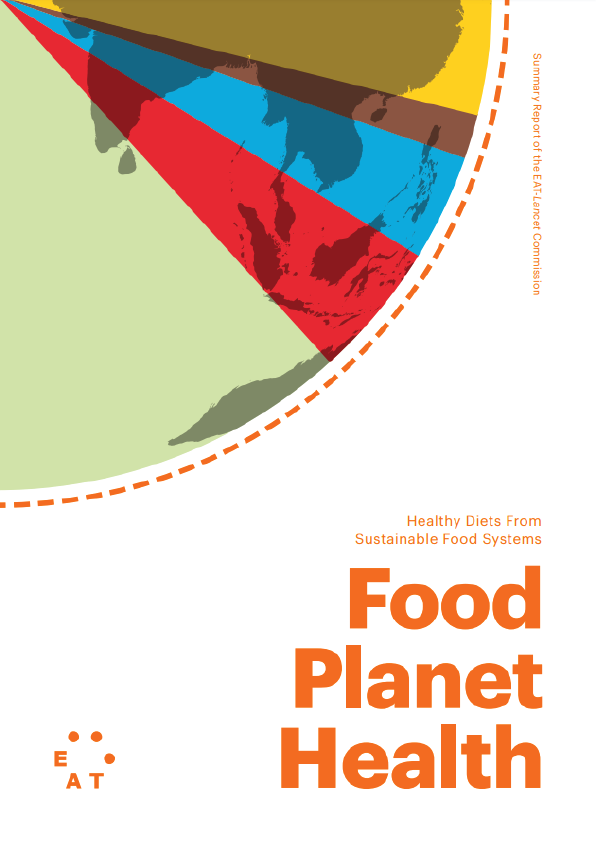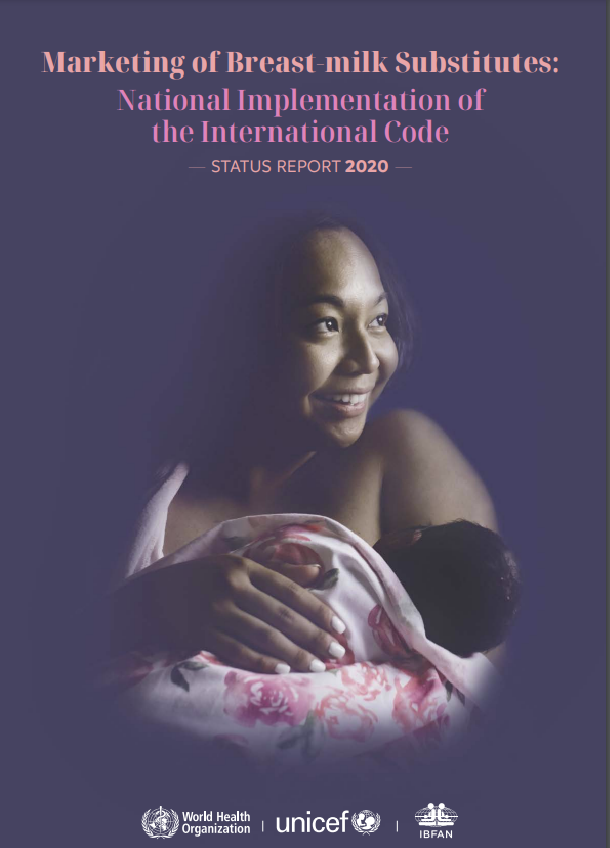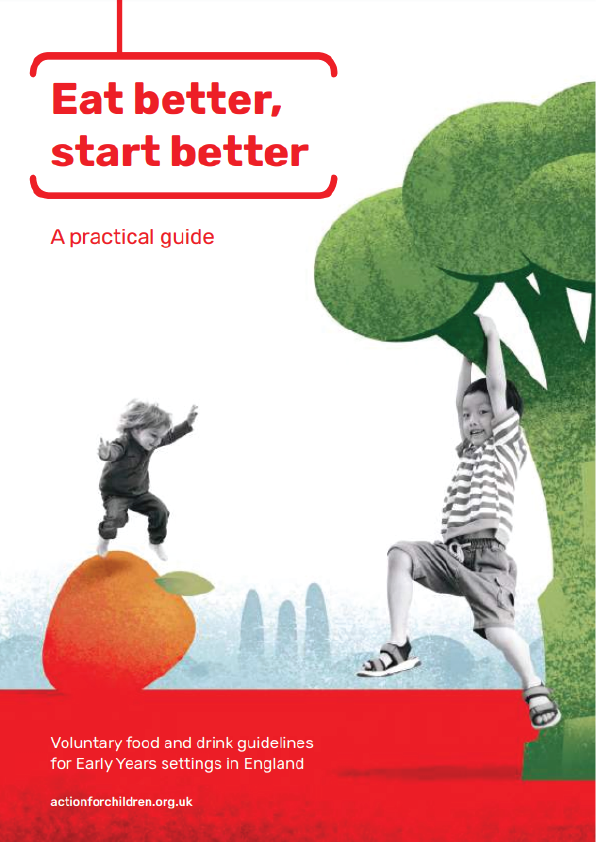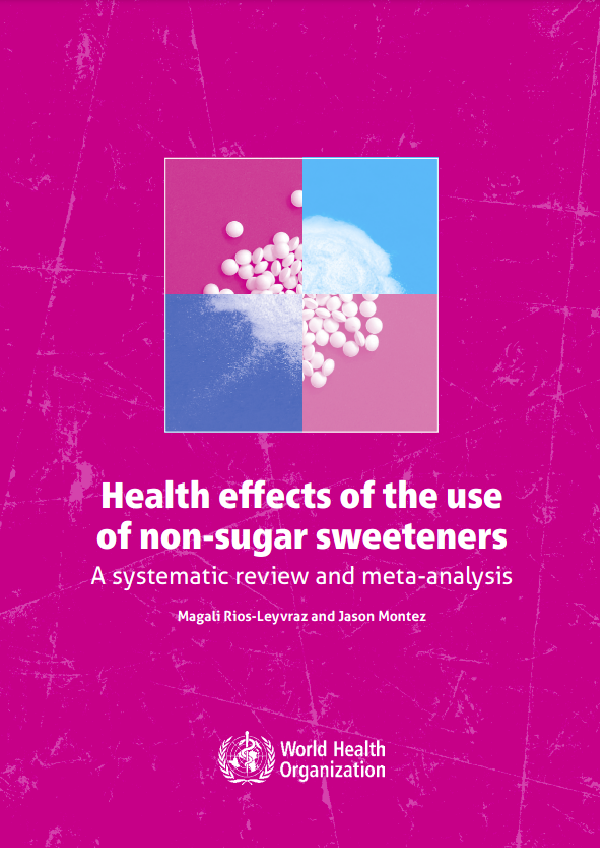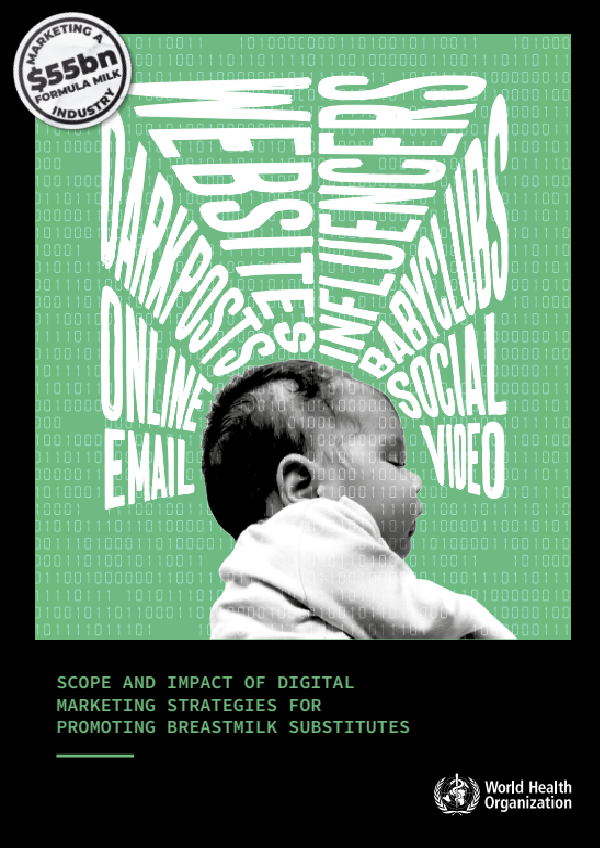At its 48th session of the Codex Committee on Food Hygiene, the Committee noted the importance of water quality and safety in food production and processing. The Committee requested FAO and WHO to provide guidance for those scenarios where the use of “clean water” e.g. water that does not compromise the safety of the food in the context of its use, was indicated in Codex texts and on where it is appropriate to use “clean water”. In particular, guidance was sought for the safe use of irrigation water and “clean” seawater and on the safe reuse of processing water.
To facilitate this work, FAO and WHO established a core group of experts and convened two Expert Meetings (21–23 June 2017, Bilthoven, the Netherlands; 14–18 May 2018, Rome, Italy). The report of the first two meetings was published in 2019 (FAO and WHO, 2019). To follow up on the cross-cutting issues raised during the meetings, another Expert meeting was convened on 23–27 September 2019, in Geneva, Switzerland. An overview of the deliberations and outputs of the third meeting is provided below.
The purpose of this meeting was to develop clear and practical guidance on the microbiological criteria and parameters that can be used to determine if water is ‘fit-for-purpose’ when used in the pre- and post-harvest production of fresh fruit and vegetables (FFV). Practical interventions that could be applied pre- and postharvest to mitigate food safety risks when water does not meet the requirement of fit-for-purpose were also considered.
During FFV production, water is used for a variety of purposes. At each successive step from the growing stage up to the point of consumption, the microbiological quality/safety of the water used at that step should be of higher quality than that at the previous step or at least of equal quality. An exception is where there is a subsequent validated pathogen reduction treatment (removal or inactivation / kill) before consumption of the final product.
Any water used through the FFV production chain, even that which has been conventionally treated and disinfected, may potentially contain human pathogens, albeit at low concentrations. A risk assessment, appropriate to the national or local production context, should be conducted to assess the potential risks associated with a specific water source or supply in order to devise the appropriate risk mitigation strategies.
The microbial criteria for water quality required for the safe production of FFV should be determined using a risk-based approach, taking into account:
- the availability and suitability of the water for its intended purpose, the method of application, the production stage at which it will be used, and the potential and the extent of intentional or non-intentional food-water contact;
- the types of FFVs (e.g. soil, vine or tree growth) and any specific characteristics (e.g. leafy vegetables, netted rind melons), the FFV production system (e.g. field, hydroponic) and their intended use (e.g. usually eaten raw or cooked, peeled or unpeeled);
- the water retention and contact time with the edible part of the FFV;
- the potential for decline or proliferation of pathogens or introduction of contamination of FFV after each point of water contact before consumption.
When assessing the potential health risks of water inputs into the FFV production chain a number of qualitative and quantitative microbial water quality targets can be used. These include, but are not limited to, the direct detection of the presence of pathogens and, more often, the indirect determination of pathogen presence by enumeration of groups of microorganisms that can infer pathogen presence. These are referred to in this report as indicator microorganisms and include faecal indicators, index and model microorganisms, and microbial indicators of process control. In the production chain of FFV, the presence of faecal indicator microorganisms is used to indicate unhygienic conditions, the presence of faecal pollution or failures in the performance of sanitary control measures. Emerging evidence indicates inconsistencies can occur in this pathogen/indicator relationship.
Multiple analytical methods are available to assess the degree of microbial contamination of water used in the production of FFV. The choice of microbial methods to assess microbial quality should be based on validated test methods and take into consideration local capacity and resources available.
When applying microbial analyses in assessing the risks of water safety and for trend analysis of microbial quality, the choice of either pathogen presence and/ or enumeration of microbial indicators, sampling plans for the microbial targets and the acceptable limits should be proportionate to the risk posed and meet risk management goals. For instance, during baseline water quality assessments, different parameters are suitable for different goals e.g. during validation of the performance of abatement technologies and verification that the control measures are operating as intended.
When considering the use of microbial analyses in risk assessments of water safety use or in risk management programs in FFV production chain, the following should be considered:
- No one water quality microbial indicator is appropriate/useful for all water types and for some water types there may not even be a single useful indicator.
- At present, there is no microbiological indicator/proxy that can reliably predict faecal pathogen occurrence or numbers because bacterial indicators are typically surrogate measures of faecal pollution, rather than measures of the pathogens themselves. It is not possible, with the use of indicators, to accurately predict the presence or concentrations of specific faecal pathogens in the contaminating faecal material.
- It is generally agreed that microbial indicators of faecal contamination, particularly E. coli and intestinal enterococci, have been useful and E. coli has been widely adopted for monitoring drinking water quality. It is anticipated that E. coli and intestinal enterococci will also have wide and useful applications as faecal indicators in the context of water for food production.
- Bacteriophages, especially male-specific coliphages and Bacteroidesspecific phages, have been found to be effective predictors of human faecal contamination. They can be useful for verification and validation of virusreduction water treatments. Although their presence does not correlate specifically with the presence of human pathogenic viruses, in groundwater, they may be useful general indicators of the occurrence of viruses.
- There are currently no meaningful indicators (indirect measures) for parasites in water or soil (e.g. protozoa, nematodes and cestodes).
- Correlation between indicator microorganisms and pathogens is stronger in heavily polluted waters, but this correlation is insignificant and biologically uninformative when pollution levels are low.
Quantitative Microbiological Risk Assessments (QMRA) are valuable tools for establishing tailored water quality criteria that are based on human health targets and are suitable for application to water used for food crops such as FFV eaten raw. Existing WHO guidelines provide templates for carrying out the calculations, based on either established health targets or assumed values (WHO, 2016b). However, appropriate data are needed to conduct a QMRA. A QMRA can only be conducted with actual pathogen measurements, or assumptions and cannot be based on microbiological indicator concentrations.
Each geographical region of primary production of FFV can have individual characteristics that preclude generalizations of water quality targets in production and processing of FFV compared with those applied in drinking water supplies. For example, such characteristics can include varying environmental and sociocultural conditions among countries, both national and local/traditional practices in primary production, different supply chain dynamics, individual national regulations and levels of oversight, as well as diverse contamination and exposure pathways of contaminants.
For the application of a fit-for-purpose concept to be successful in producing safe FFV, the risk management systems and control measures applied throughout the chain from the farm to the consumer must be complementary, stringent and followed at all times. Water quality criteria for use in FFV supply chains should be established within the framework of national food and water regulations and guidelines and take into consideration local resources, infrastructure and capability.
